-
Posts
57 -
Joined
-
Last visited
Content Type
Profiles
Forums
Gallery
Events
Blogs
Posts posted by StamosP
-
-
Here is my latest image M51 and its neighbourhood
Image details:
Location: Attica, Greece
Telescope: SW 130pds mod + SW x0.9 CC
Mount: SW HEQ5pro
Camera: Canon 600d Baader mod
Filter: Hutech IDAS LPS D1 2inch
Guiding: 9x50 Finder-Guider + ZWO asi120mc
Lights: 28x300s (2h, 20min) iso1600
Flats: 30, Darks: 18, Bias: 30
It was my first image since i modified my scope (cutting the focuser drawtube by 2cm, spider repositioning, 58mm secondary mirror) and also it was my first image using the Idas LPS D1 filter.
I'm pretty happy with the result (i now have straight and clean spikes, the stars are rounder) even though i notice a chromatic error especially around middle sized stars. This was present and in my previous images but i think this time is maximized due the fact that i deconvolved and the halos got bigger (and the stars a little smaller).
Does anybody have an opinion what might be the cause of this? Chromatic aberration by the cc? Bad collimation (even though i triple checked it before i start)? Something else?
-
 8
8
-
-
What's the minor axis diameter of the 150pds mirror?
If there are not any diffraction problems-artifacts due to the larger obstruction i think there will be a significant improvement when using a dslr for imaging dsos, my tests showed a 50-55% vignetting at the corners with the 47mm mirror...
The smaller overall amount of photons hitting the primary could be overcome by slightly longer exposure times (correct me if i'm wrong). Of course with smaller chip cameras maybe it is better to leave the stock mirror in place.
The tak e130d for example has a 64mm secondary mirror (ok thats comparing apples to oranges considering the quality differences).
-
3 hours ago, Uranium235 said:
The only way I can think of is to move your spider vanes forward a little, but I cant imagine there being much room to do that.
Or maybe shortening the holder by 5mm... The problem is i don't want to deattach the mirror from its holder...
Edit:
The tests...
before at 0 degrees
at 90 degrees
after at 0 degrees
at 90 degrees
Note that after the replacement i didn't pay too much attention to collimation plus it was strange to do it without properly centered secondary...
Comments?
-
22 hours ago, Uranium235 said:
I'd be interested to see how you get on with this. It is possible to flock the sides of a secondary, but you would have to be super-careful not to get any adhesive on the mirror surface.
It was simple, at first i rubbed the edges with 120grit sand paper and removed most of the leaked coating, then using a small painting brush i painted it flat black. The result was shinier than i wanted so i used a small piece of green scotchbrite to make it matte by rubbing the paint job lightly.
I also used a piece of dc fix velour to the back of the mirror...
The problem is that i cannot center the 58mm secondary under the focuser using my sight tube, the holder should be approximately 5mm shorter (or the offset smaller). Even if i screw it all way in it is obviously closer to the primary than it should be...
Any thoughts?
-
Today i removed the secondary mirror from my 200pds. Here is a side by side comparison between the two mirrors...
To my surprise there is a lot of mirror coating leakage to the edges, maybe a potential source of glare-reflections?
Anyway, i will not leave it like this, blackening the edges (black permanent marker is easier but i was thinking of black flat paint) is the next step before putting the mirrors back (the 58mm mirror is going to be installed to the 130 and run a couple of tests...
 )
)
-
 1
1
-
-
Today i tried flocking the tube with dc-fix black velour. I actually flocked half of it when i though that it's a good idea to see the differences before flocking the other half.
So i pointed a flashlight inside the tube and the result dissapointed me, when the angle of incidence to the surface was small the flocked surface looked shiny, more black but certainly shinier than the unflocked one.
I don't think this should happen so i gave up flocking until i gather more info...
-
Uranium did you notice any improvement after flocking?
I found a local hardware store that sells DC-fix black velour, i think it's the same with the one you used. Have you noticed any shedding?
-
Thanks for the info Uranium!
I'm looking forward to see your opinion after the tests.
Is the flocking material paper like or rubbery-elastic? I have seen in a local book store rolls of self adhesive black velour but it doesn't have any elasticity, it's basically a sheet of paper with adhesive on one side, velour on the other...
One other thing, if i remember correctly you have a Baader MPCC, what have you done and your focal length is shorter than native?
I own a SW coma corrector but i'm not pleased at all, the only thing that makes me keep it is that it acts as a reducer... If i can make my system run at 580mm with a Baader cc i'll order it immediately!
-
On 11/4/2016 at 23:47, Uranium235 said:
Pimping up the 130pds ready for short summer nights:
Before flocking: (scattered light all over the shop)
Flocked: (now blacker than a miners black bits!) apart from the strip up the middle where the tube seam is.
Details please!
What material did you use? Was it difficult removing and reinstalling the primary mirror cell?
I can source easily this sticky velour paper (is this what you used?) but i'm a little bit concerned about dust and moisture issues...
-
Hello everyone
Does anybody here use a hutech idas lps d1 filter?
I'm thinking of getting one but i wonder if there are any reflections with this combo since i've read reports about reflections with this filter (even though it does a pretty good job supressing lp...)
-
My latest image...
My plan was to collect more than 3hours worth of data but clouds had a different opinion, so i managed to capture 72min total.
Furthermore there was an enormous Saharian dust cloud all over Greece making the sky brighter than usual so my subs were rather short, 90s each at iso1600. From the site i'm shooting under normal conditions i can easily manage 3+minute long exposures, same iso.
130Pds+SW x0.9 CC, Canon 600d Baader astro mod, HEQ5pro, ZWO Asi120mc+9x50 Finder scope
Phd2, BYEOS, DSS, Pixinsight
48x90s Lights iso1600 (dithered every 3images), 20 flats, 10 darks, 40 bias
-
 7
7
-
-
16 hours ago, Uranium235 said:
You just need to be aware that a larger secondary may give rise to unwanted diffraction effects. But give it a try, you have nothing to lose!

I'll probably remove the secondary with its holder from my 200pds (58mm secondary), throw it to the 130 and see how it goes before proceeding to a more permanent solution.
How much is the focuser extended when using a ccd? If i remove 2cm will it reach focus without the need of an additional extender-adapter? (i use a canon dslr)
-
Hello again,
I've done some calculations about the size of the secondary (i think it's 47mm) and i'm thinking of replacing it with a 58mm one to illuminate better the aps size chip of my canon. The central obstruction will go from 13% to 20% but i also want to remove 2cm from the focuser's tube or push the primary up to protrude less in the ota (more light and no D shaped stars).
In this way i think the amount of light hitting the primary will be slightly more so there will be no decrease in contrast.
What do you think? Is there something wrong in my calculations?
-
Does anyone know what's the minor axis diameter of the secondary of the 130pds?
It must be pretty small, when i had a long collimation session yesterday i found out that the primary's reflection could barely fit in the secondary...
-
15 hours ago, richyrich_one said:
I would use a piece of wood or the like, as long as it has a nice flat face, about the same length as the vane. Pinch it against the vane at the secondary end and make sure that the rest of the vane sits flat against it.
There might be a more technical method but that should work.
As is always the rule, do this with the scope horizontal.
11 hours ago, Uranium235 said:I did mine by eye, its not an exact science. I had the same problem a while back and twisting them straight was the only thing that fixed it. I had it on one diffraction spike, like this:
Thanks guys, i checked it again and i think one was indeed slightly twisted.
Tomorrow is the test, i hope i will have 3-3.5 hours of data on Flame-Horsehead!

-
How can i be sure that they are not twisted, even slightly? Is there a method?
As i can see by eye they are not...
-
Hello again,
i've noticed that around bright stars the diffraction spikes appear to split in two (for example my m45 pic, page 31).
How can i fix that?
I've tried to align the spider vanes perfectly and i think i've done it but the problem remains...
-
This is my latest effort, M45 from a dark site just outside Athens,
130Pds+SW x0.9 CC, Canon 600d Baader astro mod, HEQ5pro, ZWO Asi120mc+9x50 Finder scope
Phd2, BYEOS, DSS, Pixinsight
35x360s Lights iso800, 30 flats, 12 darks, 40 bias
It was pretty difficult during processing to supress halos-reflections especially those around Atlas and Alcyone. All opinions are welcome...
Skywatcher's coma corrector caused many reflections, large purple doughnuts, fortunately dithering every 2 images and stacking 35 frames saved my image, most of them were removed.
My review on CC: http://www.astroshop.eu/field-flatteners-other-photo-accessories/skywatcher-2-coma-corrector-for-newtonian-telescopes/p,18852#tab_bar_2_select
-
 9
9
-
-
Martin, i have no idea! I simply watched the histogram in BYEOS and it was pretty good at 600s, maybe i could try even more (700-800s) but i wanted at least 10-12 light frames and my time was limited.
I suppose the filter has done a very good job in boosting the nebula's contrast...
-
Hello to everyone!
This thread is the reason i bought my 130pds, so i have to post my first two photos taken with it (and my first ap photos in general).
A couple of words first...
I wanted a telescope for years (and stop observing through my grandfathers "Jack Sparrow style" old 2" refractor!) so last June i decided to buy one as a present to myself for my birthday. My choice was a SW 200pds on a HEQ5Pro mount (following the advice of a friend of mine). I spent most of my free time in summer observing (and learning how to use an eq mount) and i soon realised i wanted to start capturing the things i saw... I started surfing the net to learn what else i would need and i saw this thread. I was astonished by the results from a relatively cheap telescope! The fov was so wide i could capture the entire Andromeda galaxy!
So after i purchased an asi120mc for guiding-planetary imaging, a Canon 600d (which i Baader modded following Gary Honis' excellent instructions) ,a SW coma corrector (all used) my next target was the small SW newtonian. I also bought an Optolong 2" UHC filter a month ago.
So these are my first photos from a place outside Athens as the light pollution in the city lets you see a dozen of stars max. The processing (i have to learn this too...) was done by a friend of mine in the Greek astrovox.gr forum.
Before these photos i have spent hours and hours online learning the best settings for my setup and how to use the equipment.
I used Byeos, phd2, DSS and my friend processed them in Pixinsight.
M31
72x150s (3h) iso1600, 20 flats, 30 darks, 30bias
IC 1805
11x600s+2x480s (2h 6min) iso 1600, 20 flats, 2 darks, 30bias / Optolong 2"UHC filter
-
 12
12
-






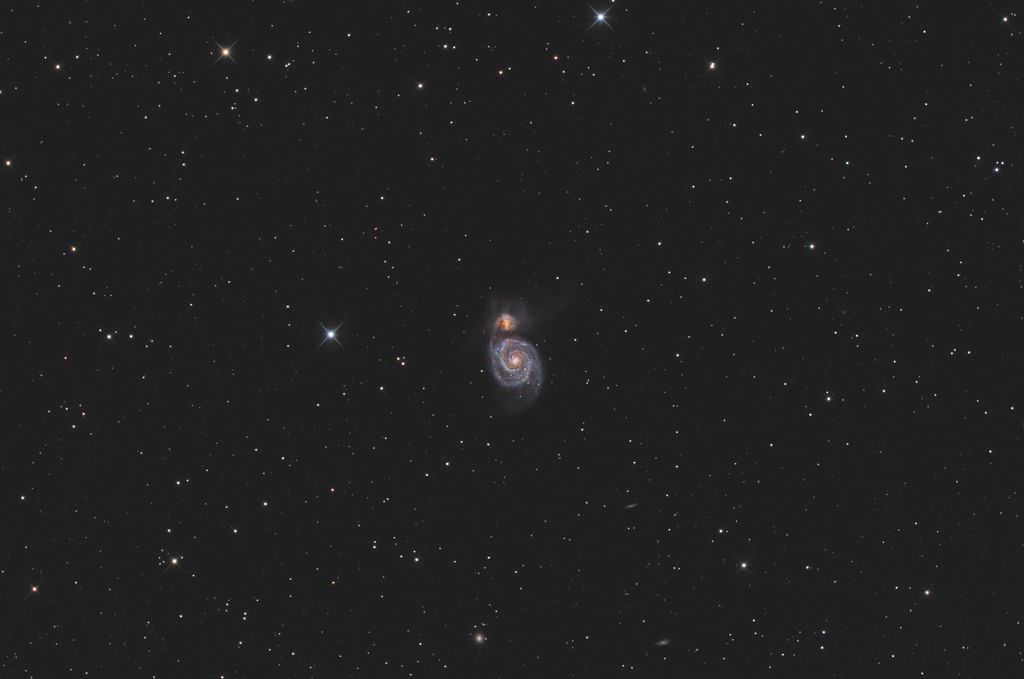

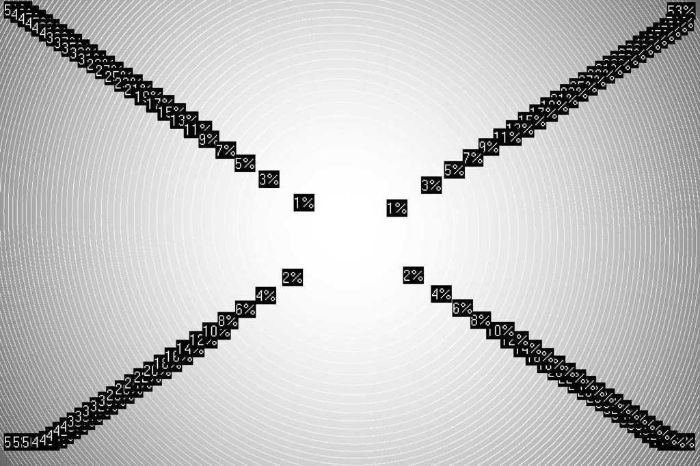
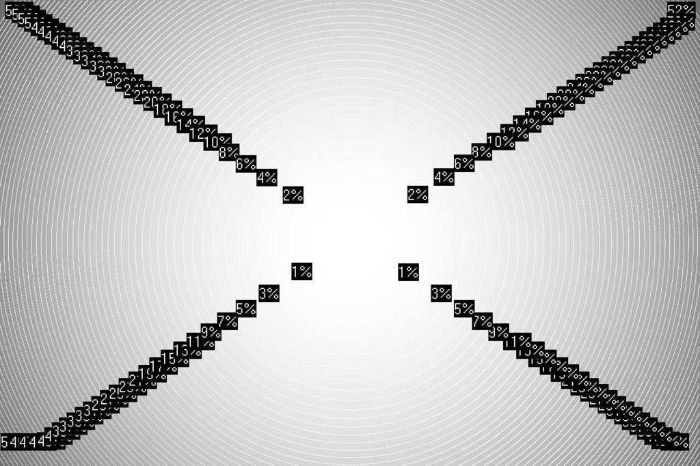
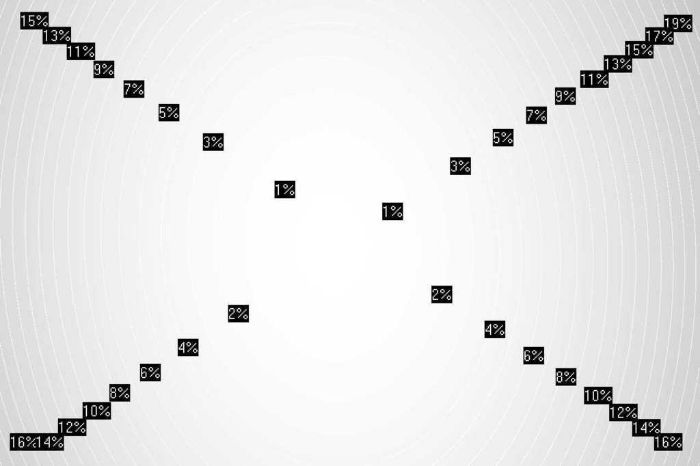
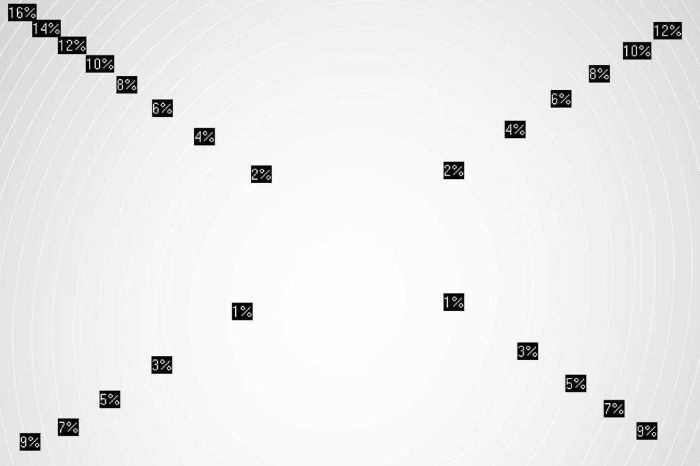

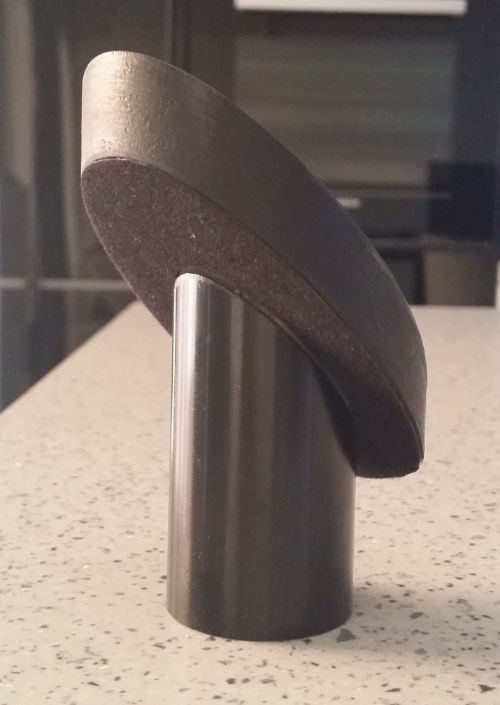
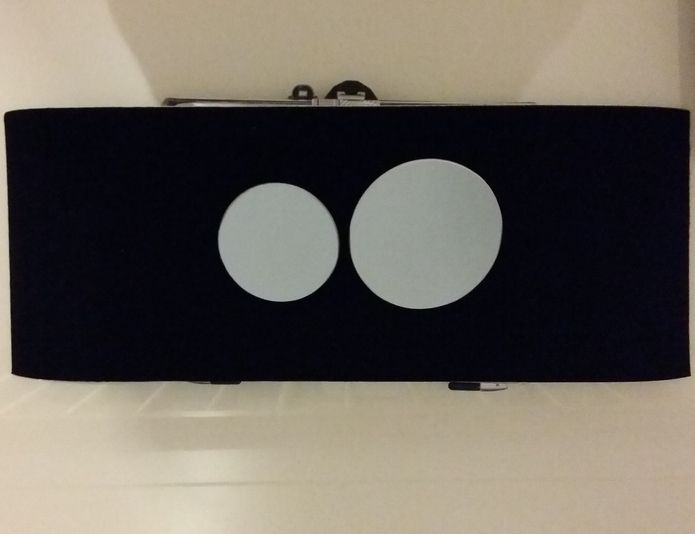
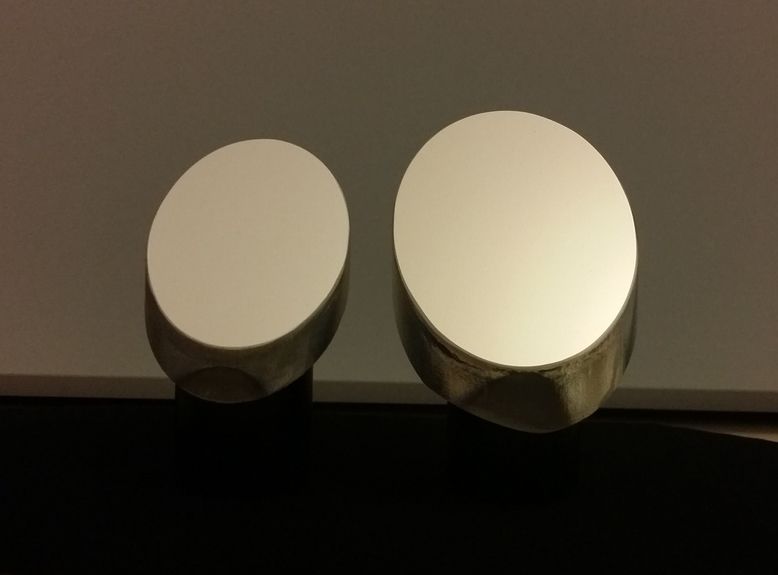
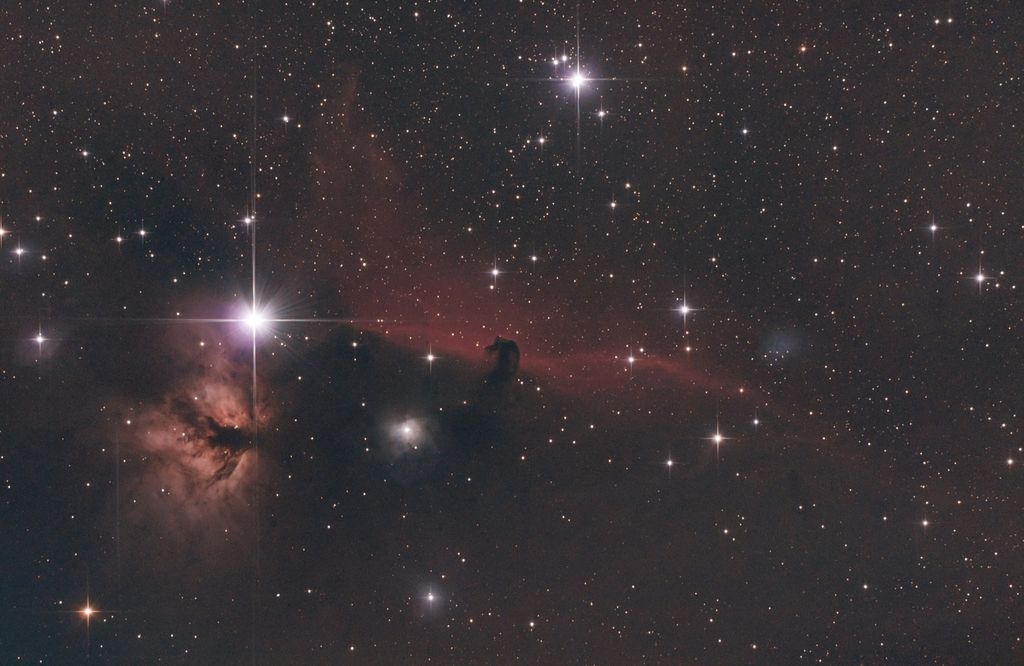
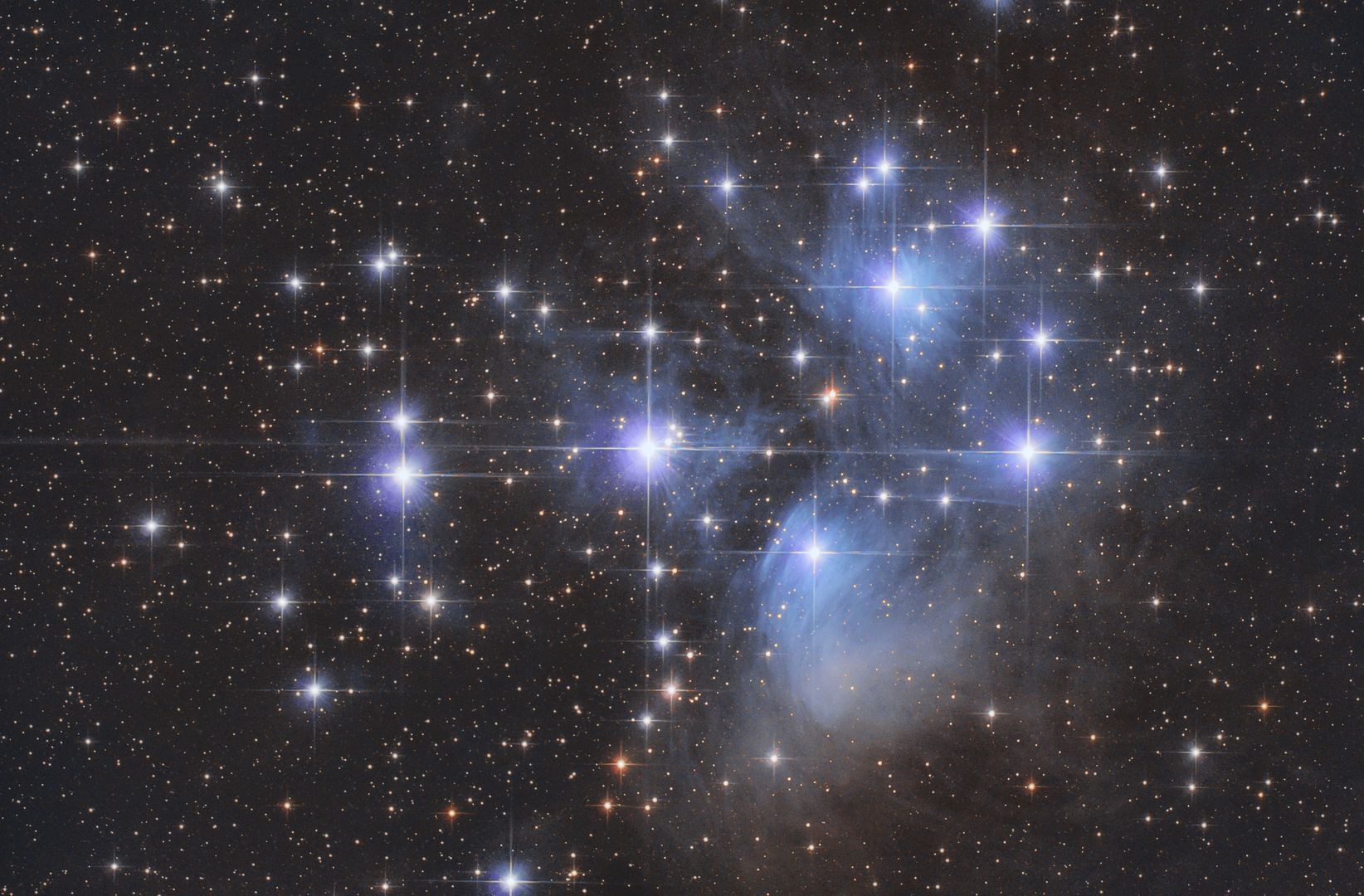
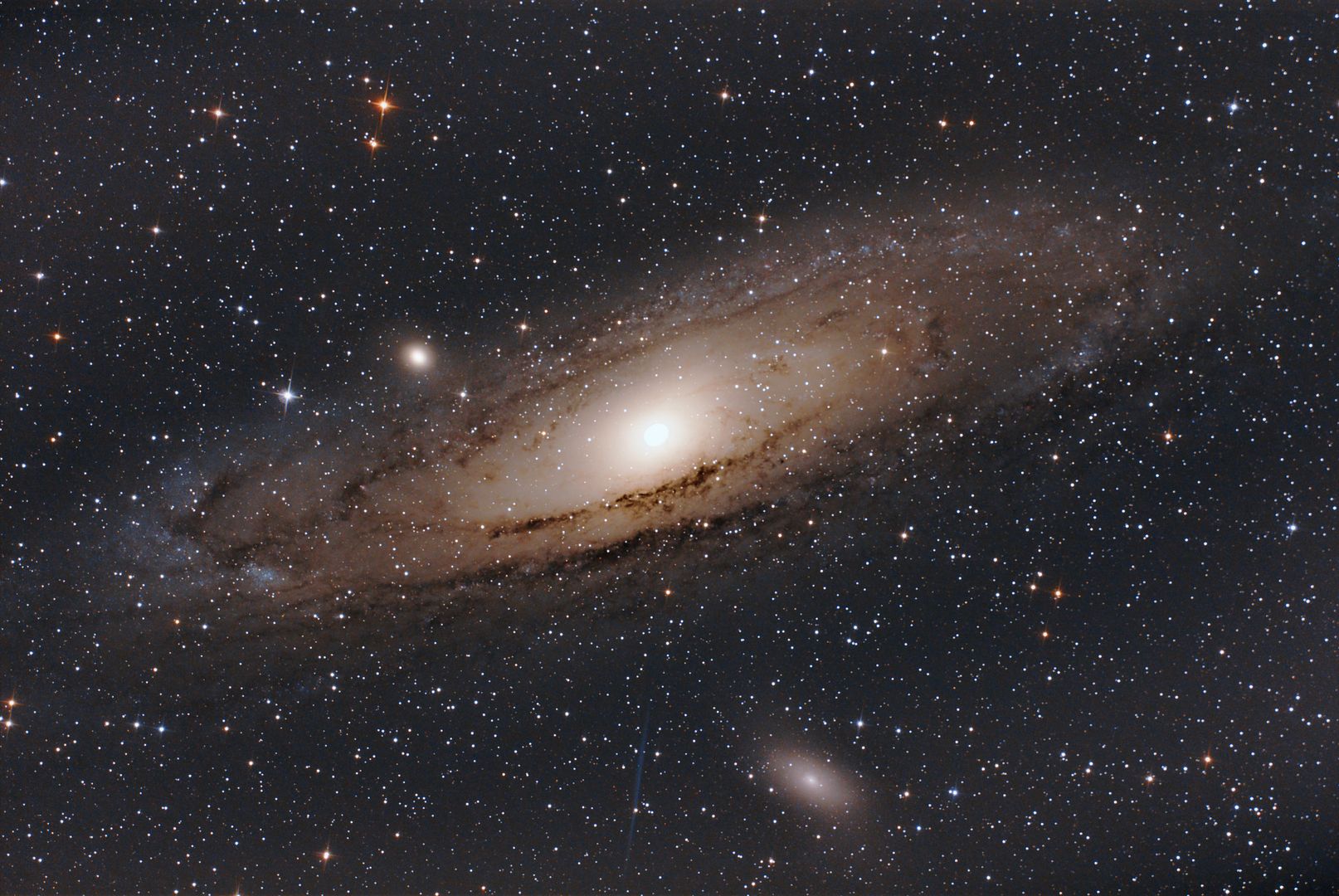
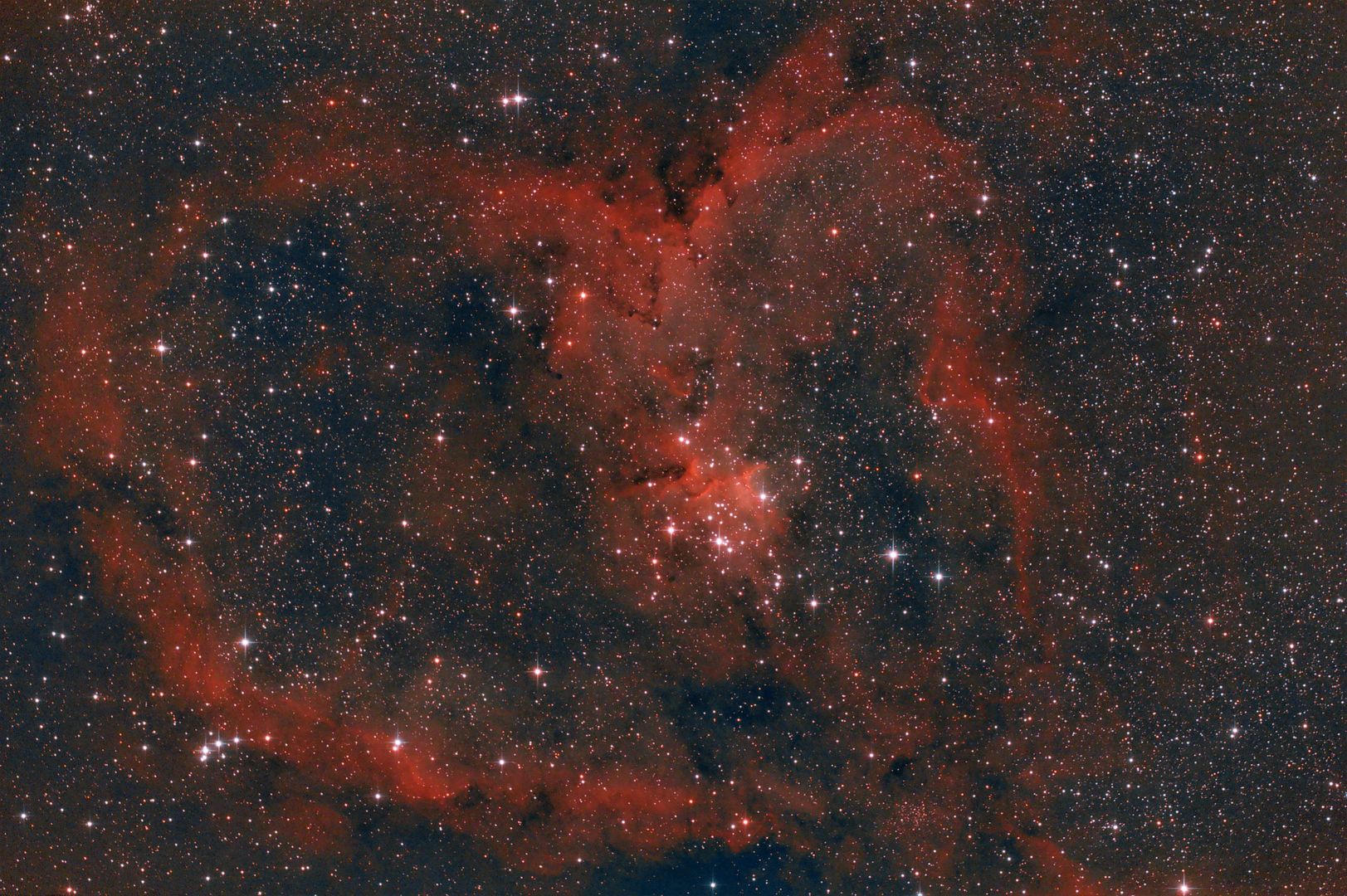
Imaging with the 130pds
in Getting Started With Imaging
Posted
Hi all,
Does anybody here use a Baader mpcc mark iii with a dslr?
I am thinking of buying one due the chromatic aberration i noticed in my images captured with the sw corrector but i saw some images in astrobin where some aberration is still noticeable even with the Baader (and f5 newtonians)...